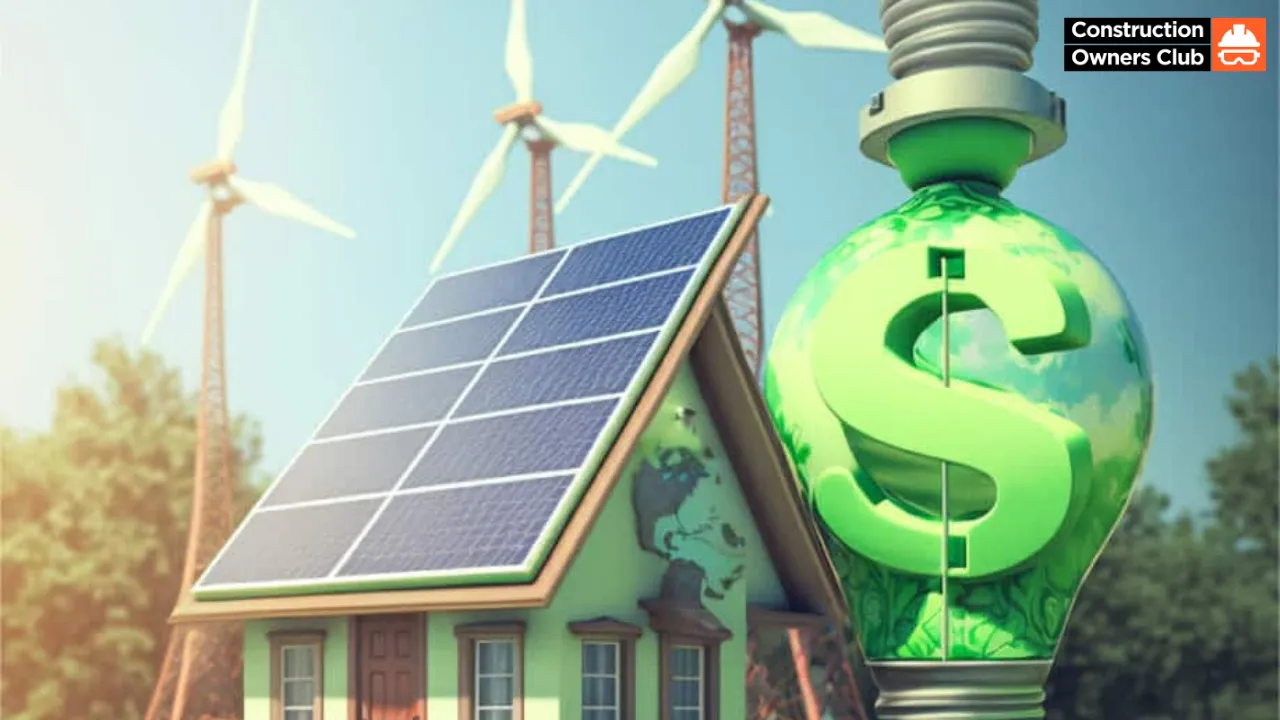
The Inflation Reduction Act offers significant tax breaks for renewable energy projects, but claiming them comes with a compliance tightrope walk. Businesses must navigate prevailing wage requirements and apprenticeship programs, similar to those in government contracts. This article explores the complexities for businesses seeking clean energy tax credits under the new regulations.
While the IRA incentivizes clean energy, eligibility for the full tax credit hinges on worker protections. Businesses must pay prevailing wages, similar to government projects, and demonstrate commitment to apprenticeship programs.
The final regulations demand extensive recordkeeping - payroll data, apprentice documentation, and proof of wage compliance. These records are crucial for potential IRS audits and avoiding hefty penalties.
The regulations clarify key terms to determine which workers fall under the prevailing wage and apprenticeship rules. "Construction" includes upgrades and improvements, while routine maintenance escapes these requirements.
Planning for Success: Key Considerations for Businesses
Navigating the prevailing wage and apprenticeship requirements is a complex endeavor, but it's essential for claiming the full IRA tax credit. By embracing proactive planning, meticulous record-keeping, and coordination with partners, businesses can unlock clean energy incentives while ensuring a fair deal for workers.